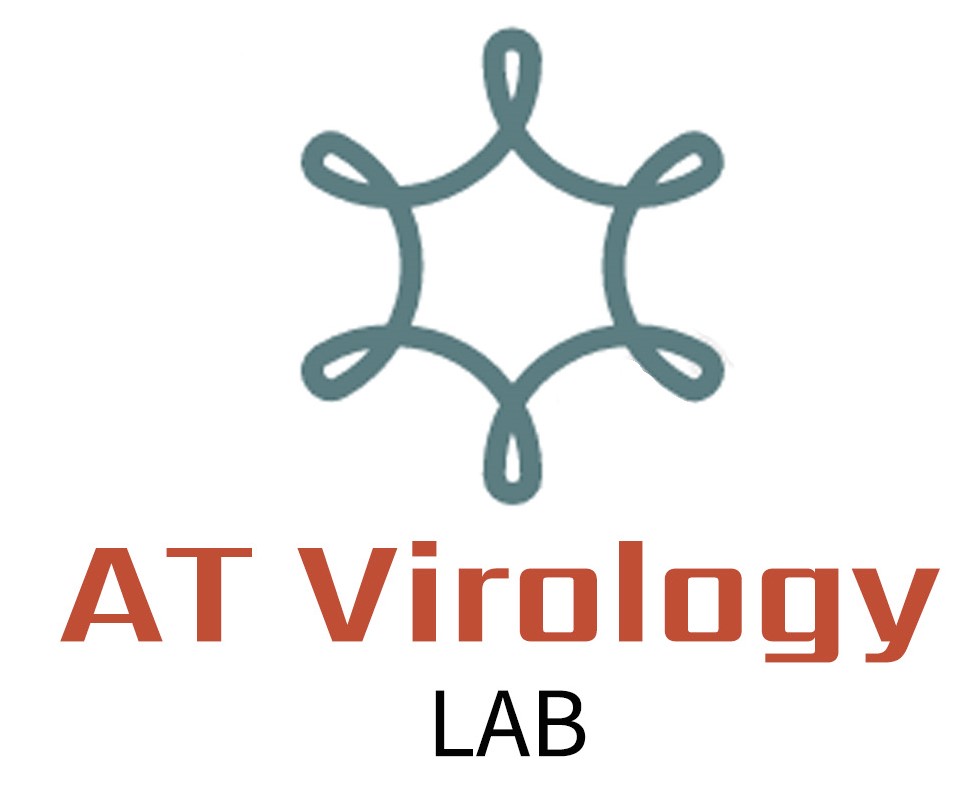Purwono, Priyo Budi, Vimvara Vacharathit, Suwimon Manopwisedjaroen, Natali Ludowyke, Ampa Suksatu, and Arunee Thitithanyanont. 2024. “Infection Kinetics, Syncytia Formation, and Inflammatory Biomarkers As Predictive Indicators for the Pathogenicity of SARS-CoV-2 Variants of Concern in Calu-3 Cells”. PLOS ONE 19 (4): 1-24.
Abstract
The ongoing COVID-19 pandemic has led to the emergence of new SARS-CoV-2 variants as a result of continued host-virus interaction and viral genome mutations. These variants have been associated with varying levels of transmissibility and disease severity. We investigated the phenotypic profiles of six SARS-CoV-2 variants (WT, D614G, Alpha, Beta, Delta, and Omicron) in Calu-3 cells, a human lung epithelial cell line. In our model demonstrated that all variants, except for Omicron, had higher efficiency in virus entry compared to the wild-type. The Delta variant had the greatest phenotypic advantage in terms of early infection kinetics and marked syncytia formation, which could facilitate cell-to-cell spreading, while the Omicron variant displayed slower replication and fewer syncytia formation. We also identified the Delta variant as the strongest inducer of inflammatory biomarkers, including pro-inflammatory cytokines/chemokines (IP-10/CXCL10, TNF-α, and IL-6), anti-inflammatory cytokine (IL-1RA), and growth factors (FGF-2 and VEGF-A), while these inflammatory mediators were not significantly elevated with Omicron infection. These findings are consistent with the observations that there was a generally more pronounced inflammatory response and angiogenesis activity within the lungs of COVID-19 patients as well as more severe symptoms and higher mortality rate during the Delta wave, as compared to less severe symptoms and lower mortality observed during the current Omicron wave in Thailand. Our findings suggest that early infectivity kinetics, enhanced syncytia formation, and specific inflammatory mediator production may serve as predictive indicators for the virulence potential of future SARS-CoV-2 variants.
Last updated on 04/23/2024
